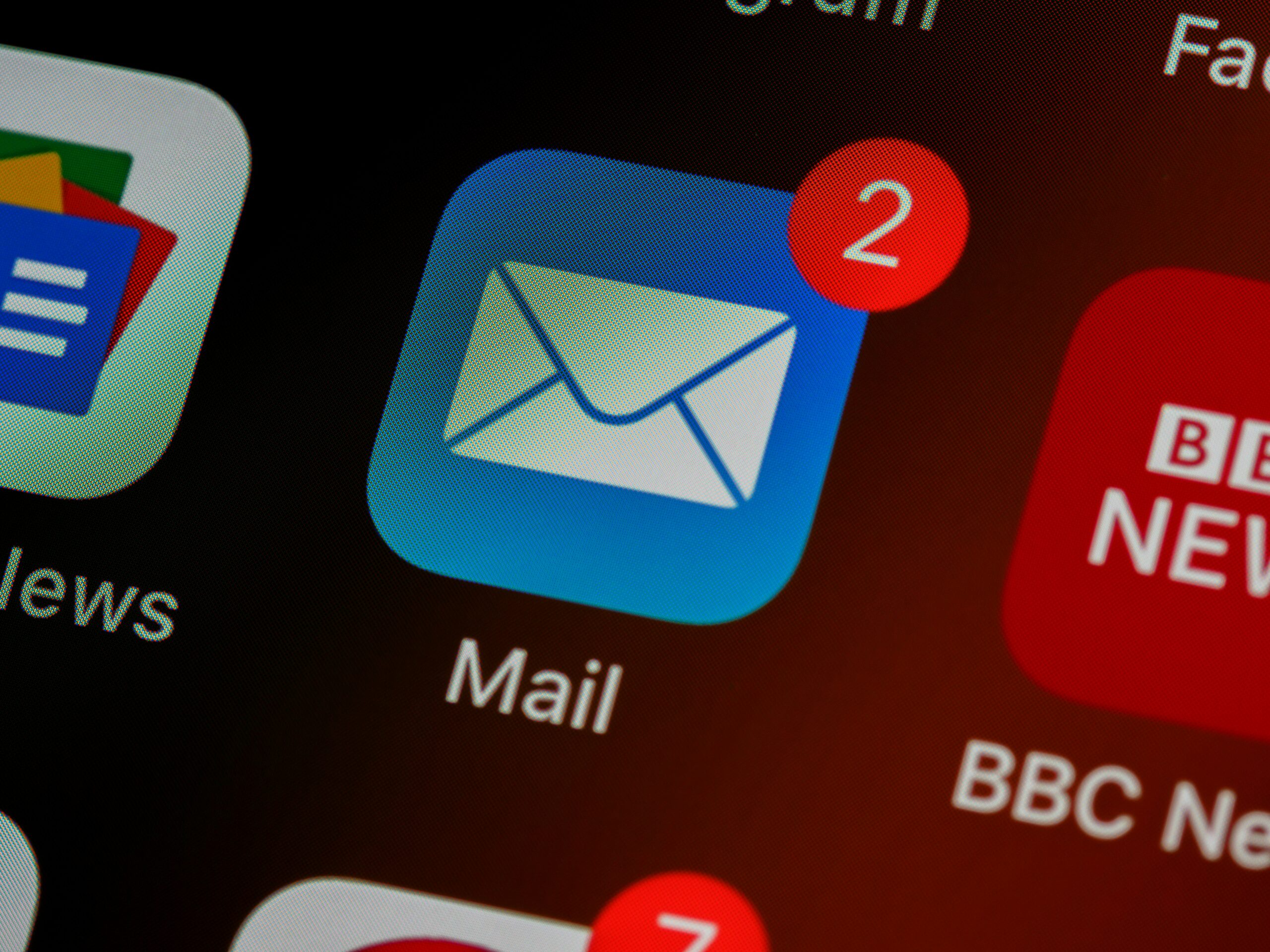Are you struggling to connect with your leads effectively? Personalization is key to successful lead nurturing. This article will cover segmentation techniques, content creation strategies, and email timing optimization. You’ll learn how to tailor your campaigns to individual preferences, increasing engagement and conversion rates. By the end, you’ll have the tools to create personalized lead nurturing campaigns that resonate with your audience and drive results.
Key Takeaways
- Personalization in lead nurturing emails significantly improves customer engagement and conversion rates
- Effective segmentation techniques enable targeted campaigns by dividing leads into distinct groups
- Crafting engaging subject lines and valuable content is crucial for effective personalization
- Personalizing email timing based on customer behavior patterns maximizes engagement and conversions
- Continuous improvement through A/B testing and metric analysis refines personalized lead nurturing campaigns
The Importance of Personalization in Lead Nurturing Emails

Personalization in lead nurturing emails significantly impacts customer engagement and conversion rates. Businesses can tailor their email content to address specific customer needs and preferences by leveraging customer data and analytics. This targeted approach helps build stronger relationships and increases customer lifetime value.
Effective personalization goes beyond using a customer’s name in the email subject line. It involves using artificial intelligence and data analysis to segment audiences, predict behavior, and deliver relevant content at the right time. This level of customization enhances the customer experience and improves the overall effectiveness of lead nurturing campaigns.
Personalized lead nurturing emails have generated higher open rates, click-through rates, and conversions than generic email blasts. Businesses can continuously refine personalization strategies based on customer feedback and performance analytics to optimize their lead nurturing efforts and drive better results.
Effective Segmentation Techniques for Targeted Campaigns

Effective segmentation techniques enable targeted campaigns by dividing leads into distinct groups. Demographic segmentation uses basic data like age and location. Behavioral segmentation analyzes past interactions and purchases. Psychographic segmentation considers values and interests. These methods, powered by automation technology, allow marketers to tailor experiences based on customer behavior and preferences.
Demographic Segmentation
Demographic segmentation is a fundamental technique in lead nurturing software that categorizes leads based on characteristics such as age, gender, income, and location. This approach allows marketers to create tailored touchpoints and initiate relevant conversations with different audience segments. By analyzing demographic data, businesses can gather valuable feedback and refine their lead nurturing strategies to resonate with specific groups, ultimately improving conversion rates and customer satisfaction:
| Demographic Factor | Example Segmentation | Tailored Approach |
|---|---|---|
| Age | 18-25, 26-35, 36-50, 51+ | Adjust messaging and product offerings |
| Income | Low, Middle, High | Customize pricing and value propositions |
| Location | Urban, Suburban, Rural | Tailor content to regional preferences |
Behavioral Segmentation
Behavioral segmentation analyzes how leads interact with a brand’s marketing efforts, allowing for more personalized communication. This technique tracks actions such as website visits, email opens, and content downloads to create targeted marketing automation workflows. By understanding behavioral patterns, marketers can deliver tailored email content that resonates with leads at different customer journey stages. Effective behavioral segmentation enhances personalization and improves lead nurturing outcomes:
- Track user interactions across channels
- Analyze engagement patterns
- Create targeted automation workflows
- Deliver personalized content based on behavior
- Optimize lead nurturing strategies
Psychographic Segmentation
Psychographic segmentation delves into the psychological aspects of consumers, focusing on their values, attitudes, interests, and lifestyle choices. This approach enables email marketing campaigns to resonate deeply with recipients, enhancing customer experience and fostering stronger connections. By leveraging psychographic data, businesses can tailor their messaging and offerings to align with consumers’ personal motivations, leading to improved customer service and higher engagement rates. This segmentation technique is particularly valuable for software as a service companies, allowing them to create highly targeted content that speaks directly to specific consumer segments:
- Analyze consumer values and attitudes
- Identify lifestyle preferences
- Tailor messaging to personal motivations
- Create targeted content for specific segments
- Enhance customer engagement and loyalty
Crafting High-Quality Content for Lead Nurturing Emails

Crafting high-quality content for lead nurturing emails is essential for effective personalization at scale. This section explores strategies for writing engaging subject lines, creating valuable email content, and using visuals to enhance personalization. These techniques help capture attention, deliver relevant information, and drive revenue by tailoring communications to each recipient’s needs and preferences.
Writing Engaging and Personalized Subject Lines
Crafting engaging and personalized subject lines is crucial for enhancing customer engagement and retention in lead nurturing campaigns. By leveraging psychographic segmentation and customer knowledge, brands can create subject lines that resonate with their audience’s interests and values. Effective subject lines incorporate personalization elements, such as the recipient’s name or recent interactions with the brand, to grab attention and increase open rates. This targeted approach demonstrates the brand’s understanding of individual preferences, fostering a stronger connection and improving overall campaign performance.
Creating Personalized, Valuable Email Content
Creating personalized, valuable email content requires deeply understanding customer data and preferences. By leveraging predictive analytics, marketers can anticipate individual needs and deliver tailored messages that resonate with each recipient. This approach enhances the customer experience and fosters loyalty by providing relevant information and offers at the right time. Effective personalization goes beyond simply inserting a name; it involves crafting content that addresses specific pain points, interests, and behaviors of each segment within the audience.
Using Visuals to Enhance Personalization
Using visuals in lead nurturing emails enhances personalization by creating a more engaging and tailored experience for recipients. Marketers can leverage customer data to select images, infographics, or videos that resonate with individual preferences and behaviors. This visual approach captures attention and reinforces the message’s relevance, leading to higher engagement rates and improved conversion rates. The strategic use of personalized visuals can significantly boost the effectiveness of lead nurturing campaigns:
| Visual Element | Personalization Strategy | Expected Impact |
|---|---|---|
| Product Images | Based on browsing history | Increased click-through rates |
| Location-specific Photos | Tailored to recipient’s region | Enhanced relevance and connection |
| Personalized Infographics | Customized data visualization | Improved information retention |
Personalizing Timing for Lead Nurturing Email Campaigns

Personalizing the timing of lead nurturing email campaigns is crucial for maximizing engagement and conversions. This section explores how to understand customer behavior patterns, implement best practices for email timing, and determine optimal email frequency. By leveraging these strategies, marketers can deliver personalized content at the most impactful moments, enhancing the effectiveness of their lead nurturing efforts.
Understanding Customer Behavior
Understanding customer behavior is crucial for personalizing the timing of lead nurturing email campaigns. By analyzing data on when customers are most likely to engage with emails, marketers can optimize send times for maximum impact. This approach involves tracking open rates, click-through rates, and conversion patterns across different days and times. Armed with these insights, businesses can tailor their email scheduling to align with each customer’s unique habits and preferences, significantly improving engagement and conversion rates.
Best Practices for Email Timing
Implementing best practices for email timing involves analyzing customer data to identify optimal send times. Marketers should consider time zones, work schedules, and device usage patterns to determine when recipients are most likely to engage with emails. A/B testing different send times can help refine timing strategies, while automation tools can schedule emails based on individual recipient behaviors. Businesses can increase open rates, click-through rates, and overall campaign effectiveness by personalizing email timing.
Frequency of Emails
Determining the optimal frequency of emails is crucial for effective lead nurturing. Marketers must strike a balance between staying top-of-mind and avoiding inbox fatigue. Businesses can tailor email frequency to each recipient’s preferences by analyzing engagement metrics and response rates, ensuring consistent communication without overwhelming leads. This personalized approach helps maintain interest throughout the customer journey, ultimately improving conversion rates and customer satisfaction.
Strategies for Continuous Improvement

Continuous improvement strategies are essential for refining personalized lead nurturing campaigns. A/B testing helps optimize content and timing, while analyzing metrics provides valuable insights into campaign performance. Adjusting strategies based on personalized feedback ensures that lead nurturing efforts remain effective and relevant. These approaches enable marketers to enhance their personalization techniques and drive better results over time.
A/B Testing for Content and Timing
A/B testing is a powerful tool for optimizing lead nurturing campaigns. By comparing different versions of email content and send times, marketers can identify which strategies resonate best with their audience. This data-driven approach allows for continuous refinement of personalization techniques, leading to improved open rates, click-through rates, and conversions. Regular A/B testing ensures that lead nurturing efforts remain effective and relevant in an ever-changing market landscape.
Analyzing Metrics for Personalized Insights
Analyzing metrics provides valuable insights for personalizing lead nurturing strategies. By examining key performance indicators such as open rates, click-through rates, and conversion rates, marketers can identify patterns and preferences specific to individual leads or segments. This data-driven approach enables businesses to refine their personalization techniques, tailoring content and timing to match each lead’s unique journey. Regular metrics analysis ensures that lead nurturing campaigns remain effective and responsive to changing customer behaviors.
Adjusting Strategies Based on Personalized Feedback
Adjusting strategies based on personalized feedback is crucial for refining lead nurturing campaigns. Marketers can tailor their approach to better meet each lead’s needs by analyzing individual responses and engagement patterns. This continuous feedback loop allows for real-time content optimization, timing, and frequency optimization, resulting in more effective personalization and improved conversion rates.
Conclusion
Mastering personalization strategies is crucial for successful lead nurturing, as it significantly enhances customer engagement and conversion rates. Businesses can create highly targeted campaigns that resonate with individual leads by leveraging advanced segmentation techniques, crafting tailored content, and optimizing email timing. Continuous improvement through A/B testing, metric analysis, and feedback-based adjustments ensures that personalization efforts remain effective and relevant. Ultimately, mastering these strategies enables marketers to build stronger relationships with leads, increase customer lifetime value, and drive sustainable business growth.






